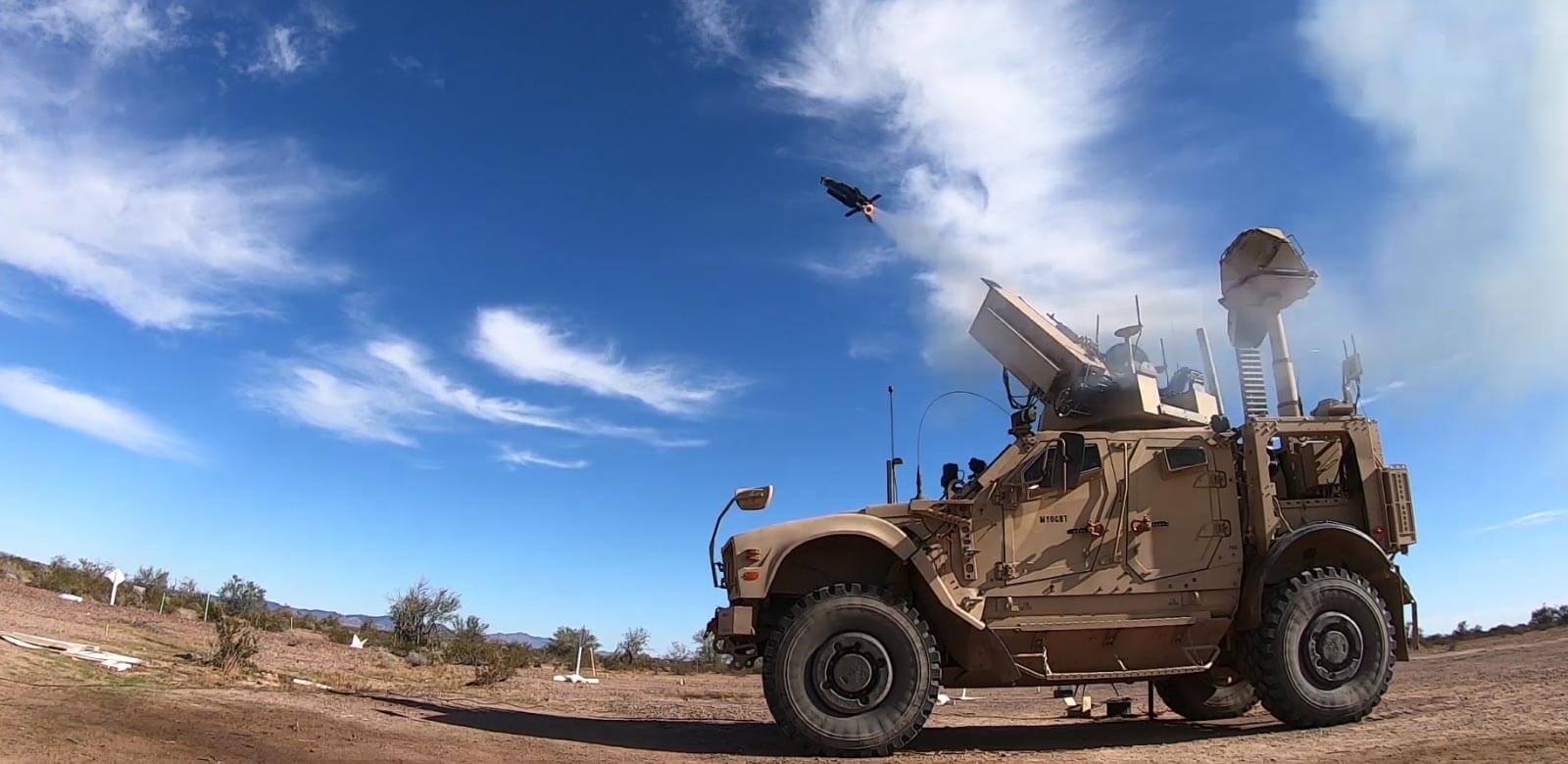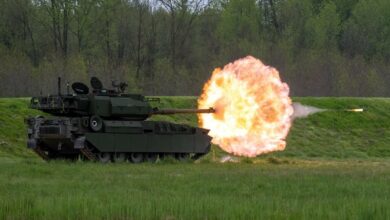The US Army seeks to expand its “Coyote” anti-drone interceptor arsenal by thousands amid the growing threat of loitering munitions.
In a recently-issued request for information, the service said it wants to procure 6,000 Coyote Block II variants equipped with explosive warheads.
It is also considering acquiring 700 Block III versions, specifying that they must have a non-kinetic payload.
In addition to the interceptors, the army is looking to purchase 252 fixed launchers, 52 mobile launchers, 118 fixed Ku-band radars, and 33 mobile radars.
The service said the US government intends to award a contract to Raytheon, the original manufacturer of the Coyote, but it is open to offers from other interested firms “who believe they are capable” of providing all the requirements.
Additional Requirements
According to the request for information, the potential manufacturer must be capable of producing, integrating, and performing acceptance tests of the Coyote systems within five years.
It should also have sufficient logistics and engineering expertise to provide all facets of development without the aid of a technical data package.
Moreover, the potential contractor must be prepared to provide maintenance services for Coyotes deployed outside the continental US. At least 15 sites should be provided with knowledgeable personnel for related support services.
White papers are due to be submitted on January 2, 2024.
Increasing Need
The US Army’s Coyote drone interceptor is an air-breathing missile that can be launched from ground vehicles, helicopters, or surface vessels.
It utilizes Ku-band radars to provide guidance and ensure fire control quality.
Since Russia invaded Ukraine in February 2022, many countries have ramped up their investments in sophisticated counter-drone systems after seeing what loitering munitions can do in today’s warfare.
According to the US Army, the current geopolitical situation has increased the need to develop, produce, and maintain countermeasures against armed and intelligence-gathering drones targeting the US and its allies.
Earlier this week, Washington reported that a drone attack injured several people at a military base in northern Iraq housing American and anti-jihadist coalition forces.












